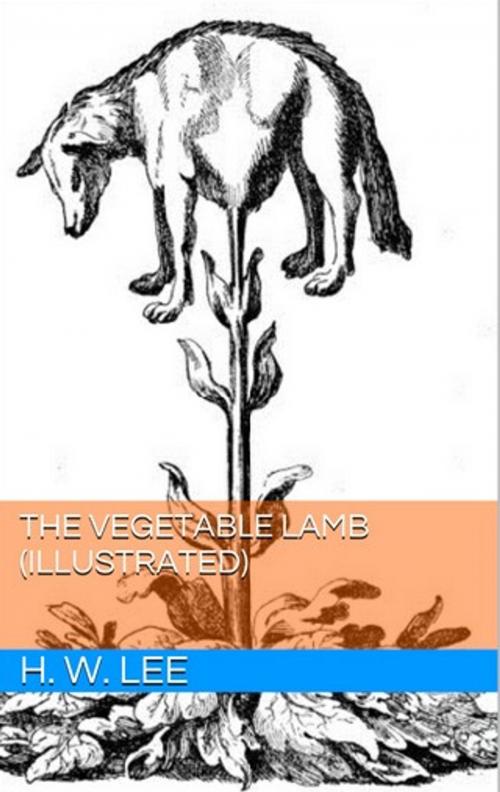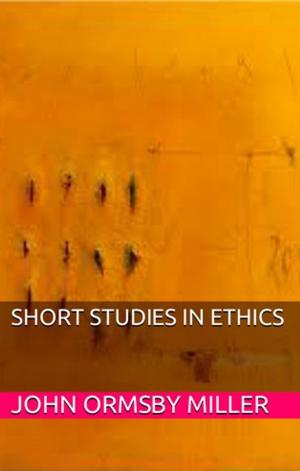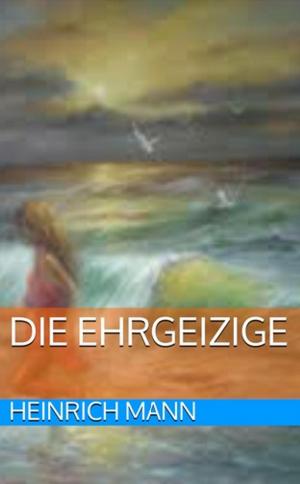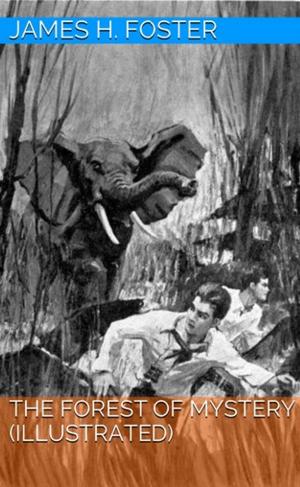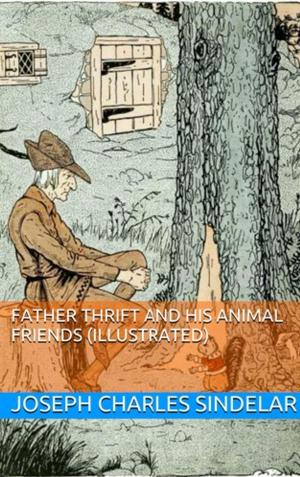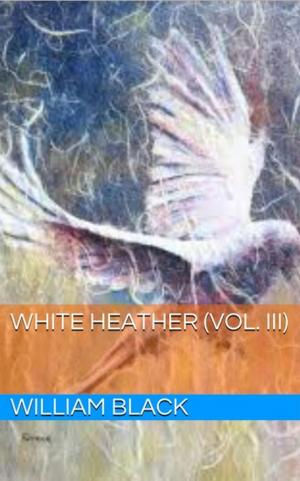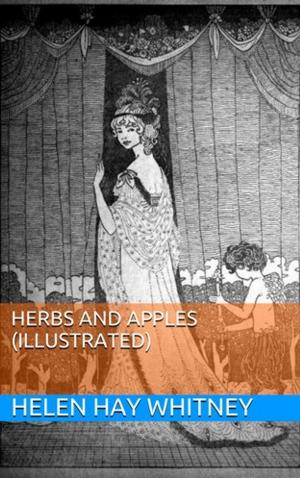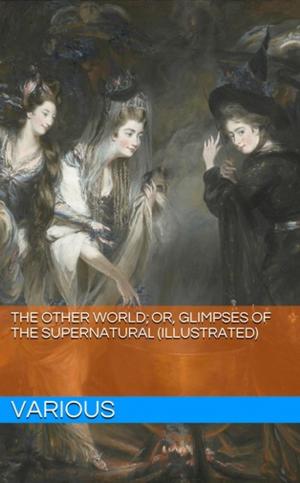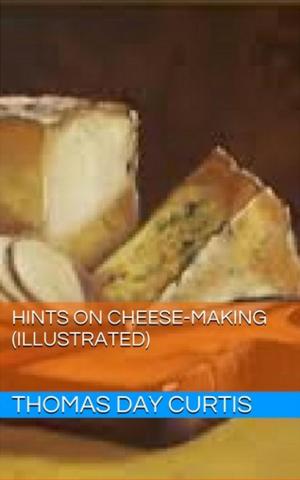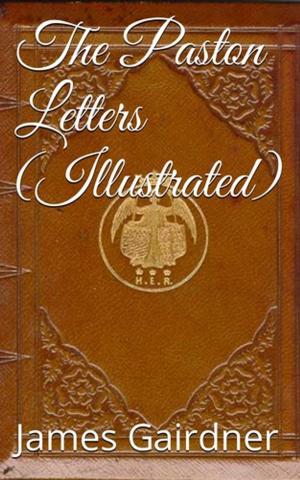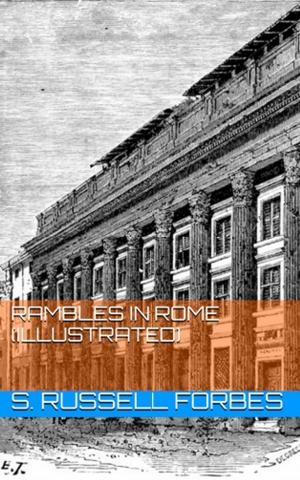| Author: | H. W. Lee | ISBN: | 1230000156143 |
| Publisher: | Lost Leaf Publications | Publication: | July 30, 2013 |
| Imprint: | Language: | English |
| Author: | H. W. Lee |
| ISBN: | 1230000156143 |
| Publisher: | Lost Leaf Publications |
| Publication: | July 30, 2013 |
| Imprint: | |
| Language: | English |
THE VEGETABLE LAMB OF TARTARY;
A Curious Fable of the Cotton Plant
TO WHICH IS ADDED A SKETCH OF THE HISTORY OF COTTON AND THE COTTON TRADE
CONTENTS.
Line
PAGE
CHAPTER I.
The Fable and its Interpretation 1
CHAPTER II.
The History of Cotton and its Introduction into Europe 63
Appendix 97
Index 107
Author Preface:
The fable of the existence of a mysterious “plant-animal” variously entitled “The Vegetable Lamb of Tartary,” “The Scythian Lamb,” and “The Barometz,” or “Borametz,” is one of the curious myths of the Middle Ages with which I have been long acquainted. Until the year 1883, not having given serious thought to it, or made it a subject of critical examination, I had been content to accept as correct the explanation of it now universally adopted; namely, that it originated from certain little lamb-like toy figures ingeniously constructed by the Chinese from the rhizome and frond-stems of a tree-fern, which, from its identification with the object of the fable, has received the name of Dicksonia Barometz. But during my researches in the works of ancient writers when preparing the manuscript of my two books, ‘Sea Monsters Unmasked,’ and ‘Sea Fables Explained,’ I came upon passages of old authors which convinced me that these toy “lambs” made from ferns by the Chinese had no more connexion with the story of “The Vegetable Lamb” than the artificial mermaids so cleverly constructed by the Japanese were the cause and origin of the ancient and world-wide belief in mermaids. Subsequent investigations have confirmed this opinion.
I have found that all of these old myths which I have been able to trace to their source have originated in a perfectly true statement of some curious and interesting[x] fact; which statement has been so garbled and distorted, so misrepresented and perverted in repetition by numerous writers, that in the course of centuries its original meaning has been lost, and a monstrous fiction has been substituted for it. “Truth lies at the bottom of a well,” says the adage; and in searching for the origin of these old myths and legends, the deeper we can dive down into the past the greater is the probability of our discovering the truth concerning them. To obtain a clue to the identity of “The Scythian Lamb” we must consult the pages of historians and philosophers who lived and wrote from eighteen to sixteen centuries before Sir John Mandeville published his version of the story; and, having there found set before us the real “Vegetable Lamb” in all its truthful simplicity and beauty, we shall be able to recognise its form and features under the various disguises it was made to assume by the wonder-mongers of the Middle Ages.
I venture to believe that the reader who will kindly follow my argument (p. 42, et seq.) will agree with me that the rumour which spread from Western Asia all over Europe, and was a subject of discussion by learned men during many centuries, of the existence of “a tree bearing fruit, or seed-pods, which when they ripened and burst open were seen to contain little lambs, of whose soft white fleeces Eastern people wove material for their clothing,” was a plant of far higher importance to mankind than the paltry toy animals made by the Chinese from the root of a fern, of which gew-gaws only four specimens are known to have been brought to this country. It seems to me clear and indisputable that the rumour referred to the cotton-pod, and originated in the first introduction of cotton and the fabrics woven from it into Eastern Europe.
It will be seen that the explanation of the process by[xi] which the truthful report of a remarkable fact was in time perverted into the detailed history of an absurd fiction is very easy and intelligible.
As this little book was originally intended for publication, like its predecessors before-mentioned, as a hand-book in connection with the Literary Department of the South Kensington Exhibitions, I have treated in a separate chapter of the history of cotton
THE VEGETABLE LAMB OF TARTARY;
A Curious Fable of the Cotton Plant
TO WHICH IS ADDED A SKETCH OF THE HISTORY OF COTTON AND THE COTTON TRADE
CONTENTS.
Line
PAGE
CHAPTER I.
The Fable and its Interpretation 1
CHAPTER II.
The History of Cotton and its Introduction into Europe 63
Appendix 97
Index 107
Author Preface:
The fable of the existence of a mysterious “plant-animal” variously entitled “The Vegetable Lamb of Tartary,” “The Scythian Lamb,” and “The Barometz,” or “Borametz,” is one of the curious myths of the Middle Ages with which I have been long acquainted. Until the year 1883, not having given serious thought to it, or made it a subject of critical examination, I had been content to accept as correct the explanation of it now universally adopted; namely, that it originated from certain little lamb-like toy figures ingeniously constructed by the Chinese from the rhizome and frond-stems of a tree-fern, which, from its identification with the object of the fable, has received the name of Dicksonia Barometz. But during my researches in the works of ancient writers when preparing the manuscript of my two books, ‘Sea Monsters Unmasked,’ and ‘Sea Fables Explained,’ I came upon passages of old authors which convinced me that these toy “lambs” made from ferns by the Chinese had no more connexion with the story of “The Vegetable Lamb” than the artificial mermaids so cleverly constructed by the Japanese were the cause and origin of the ancient and world-wide belief in mermaids. Subsequent investigations have confirmed this opinion.
I have found that all of these old myths which I have been able to trace to their source have originated in a perfectly true statement of some curious and interesting[x] fact; which statement has been so garbled and distorted, so misrepresented and perverted in repetition by numerous writers, that in the course of centuries its original meaning has been lost, and a monstrous fiction has been substituted for it. “Truth lies at the bottom of a well,” says the adage; and in searching for the origin of these old myths and legends, the deeper we can dive down into the past the greater is the probability of our discovering the truth concerning them. To obtain a clue to the identity of “The Scythian Lamb” we must consult the pages of historians and philosophers who lived and wrote from eighteen to sixteen centuries before Sir John Mandeville published his version of the story; and, having there found set before us the real “Vegetable Lamb” in all its truthful simplicity and beauty, we shall be able to recognise its form and features under the various disguises it was made to assume by the wonder-mongers of the Middle Ages.
I venture to believe that the reader who will kindly follow my argument (p. 42, et seq.) will agree with me that the rumour which spread from Western Asia all over Europe, and was a subject of discussion by learned men during many centuries, of the existence of “a tree bearing fruit, or seed-pods, which when they ripened and burst open were seen to contain little lambs, of whose soft white fleeces Eastern people wove material for their clothing,” was a plant of far higher importance to mankind than the paltry toy animals made by the Chinese from the root of a fern, of which gew-gaws only four specimens are known to have been brought to this country. It seems to me clear and indisputable that the rumour referred to the cotton-pod, and originated in the first introduction of cotton and the fabrics woven from it into Eastern Europe.
It will be seen that the explanation of the process by[xi] which the truthful report of a remarkable fact was in time perverted into the detailed history of an absurd fiction is very easy and intelligible.
As this little book was originally intended for publication, like its predecessors before-mentioned, as a hand-book in connection with the Literary Department of the South Kensington Exhibitions, I have treated in a separate chapter of the history of cotton
